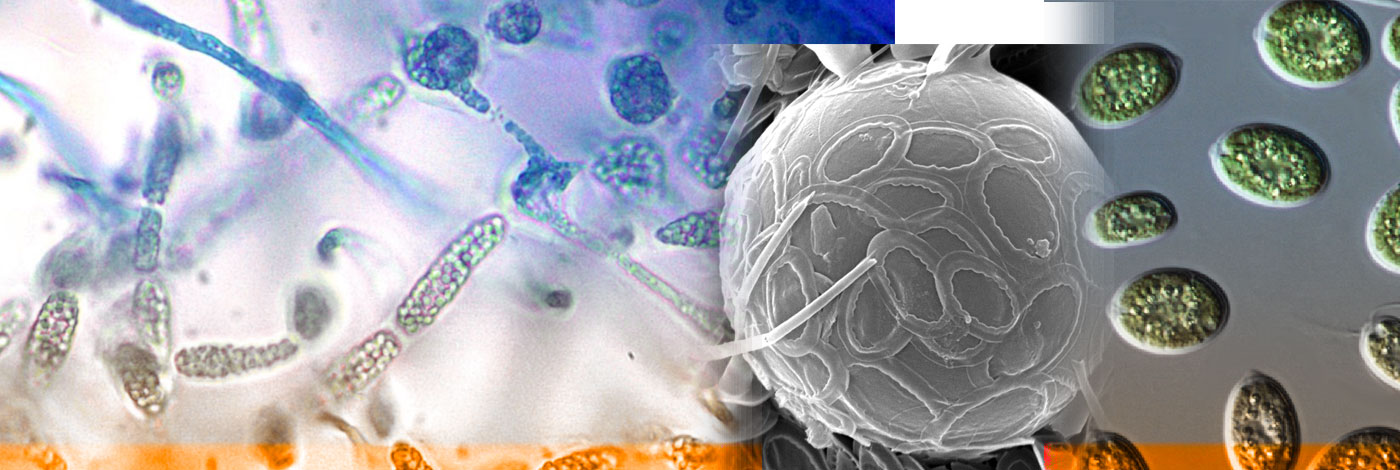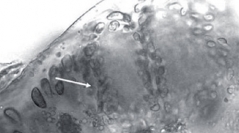

 Cryptogamie, Algologie
37 (2) - Pages 155-166
Cryptogamie, Algologie
37 (2) - Pages 155-166Spatial and temporal changes in the population structure and standing crop of Gracilariopsis sp. were studied in the San Ignacio Lagoon during two different sampling periods. Biomass (wet weight, g m–2), thallus size and reproductive state were determined from November 2004 to August 2005. Standing crop was calculated from November 2007 to September 2008. The annual standing crop of Gracilariopsis sp. was estimated to be 1,300 wet tons. We found a seasonal growth cycle during both sampling periods, with the maximum biomass in spring (1,004 wet tons). Biomass was significantly higher near the mouth of the lagoon in shallow and sandy areas. This zone is associated with stronger currents and lower temperatures (annual mean of 20°C). The smallest thalli were found during autumn and winter, and the largest in spring. Senescence and detachment of the plants occurred in summer. Tetrasporangial thalli were the dominant phase in the population throughout the year, followed by vegetative (i.e. showing no reproductive structures) thalli. Gametophytes and carposporophytes were rarely observed during the study. The growth and propagation strategy of Gracilariopsis sp. in San Ignacio Lagoon is characteristic of a clonal population, which strongly suggests this species might be a good alternative for commercial agar production.